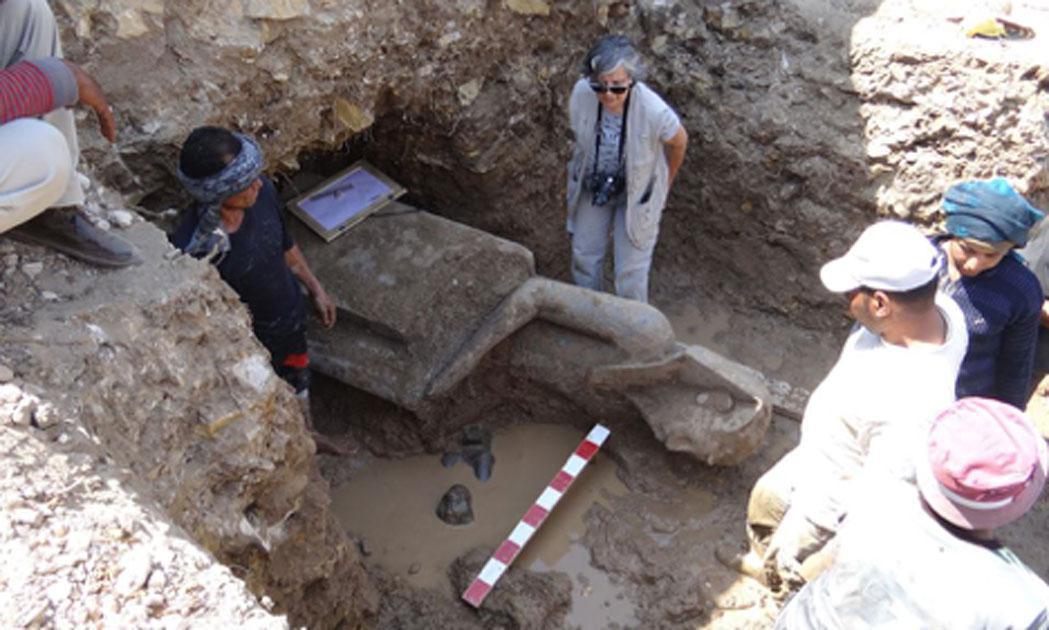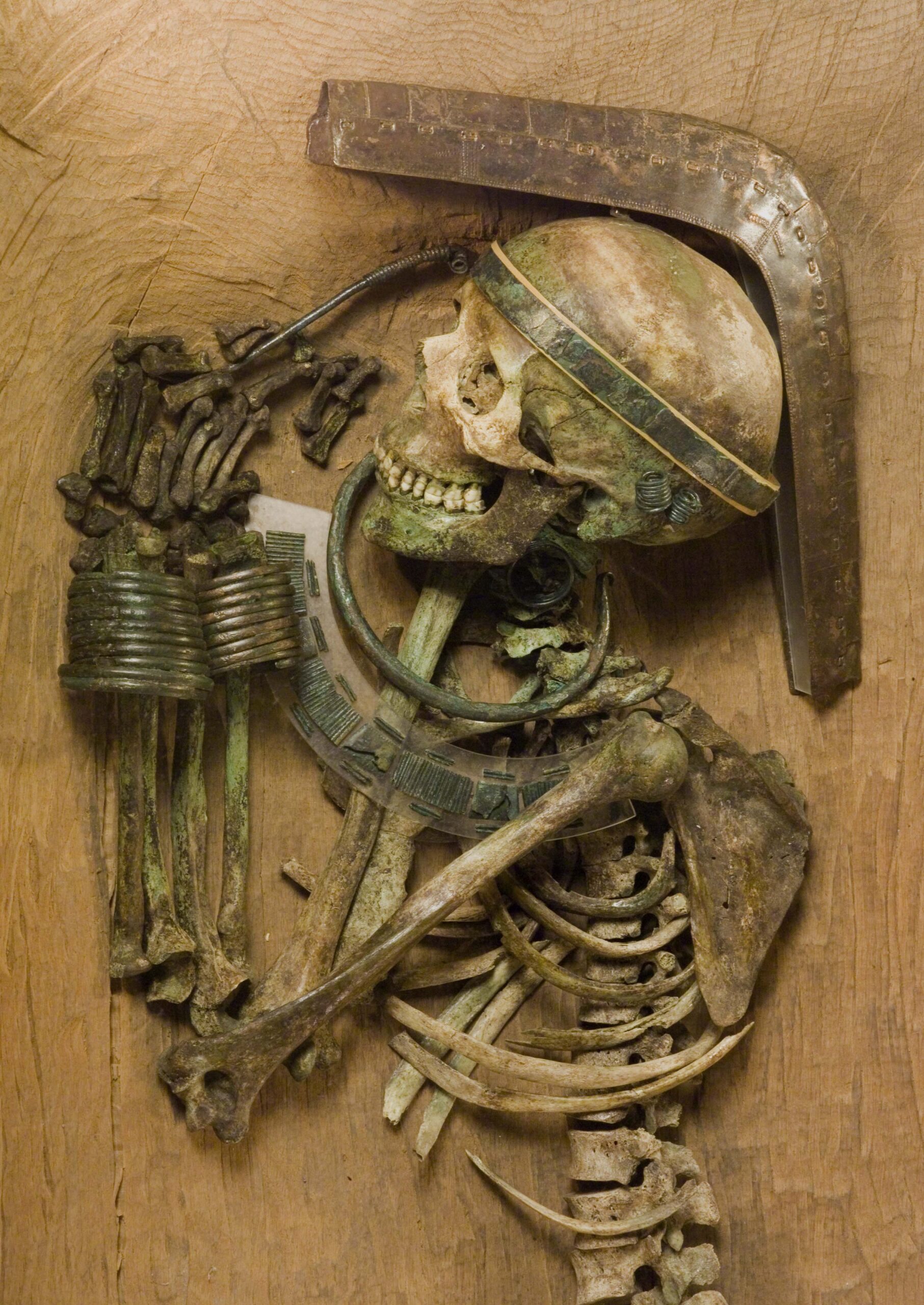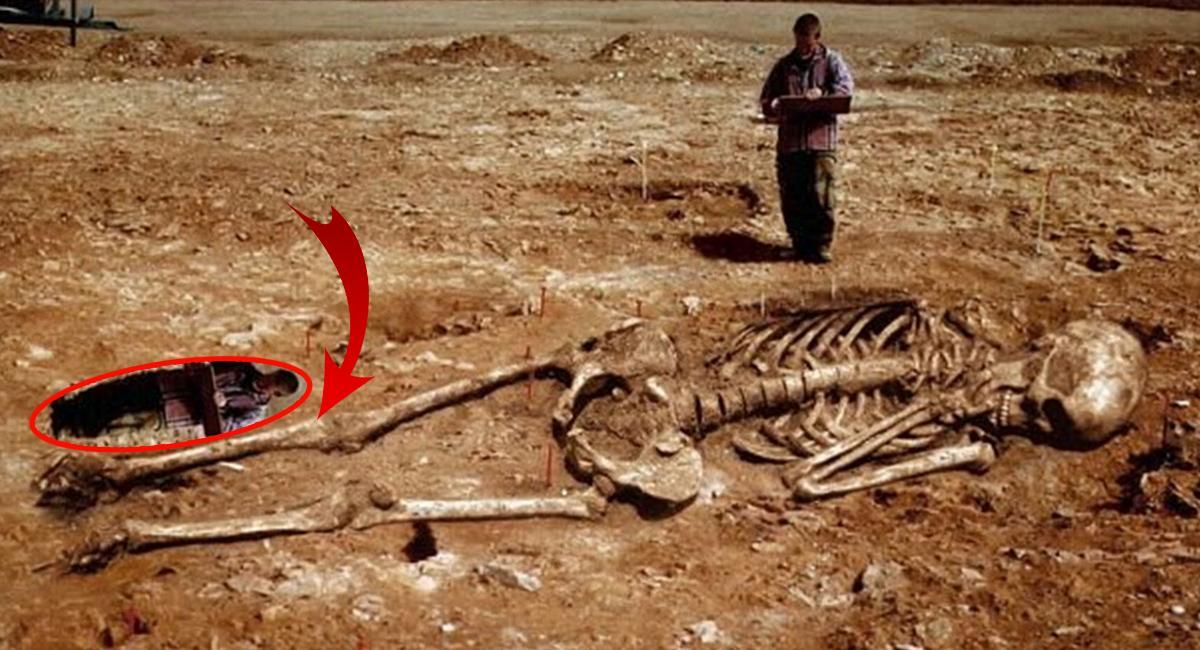
“La Cotte seems to have been a special place for Neanderthals. They kept making deliberate journeys to reach the site over many, many generations. We can use the stone tools they left behind to map how they were moving through landscapes, which are now beneath the English Channel. About 180,000 years ago, as ice caps expanded and temperatures plummeted, they would have been exploiting a huge offshore area, inaccessible to us today,” Dr. Andy Shaw of the Centre for the Archaeology of Human Origins (CAHO) at the University of Southampton said.
Scientists have now revisited the intriguing cave in Jersey and found evidence Neanderthals were familiar with La Cotte de St Brelade much earlier than previously thought. Based on collected artifacts unearthed at the site, the research team determined Neanderthals lived and hunted in Jersey 250,000 years ago.
Led by Dr. Josie Mills, the Jersey Heritage team will now examine and catalog 16,000 stone tools, animal bones, and sediment samples from the site.
Most artifacts have been stored in bags or boxes since they were excavated in the early 20th Century and 1960s, according to Jersey Heritage.
“La Cotte à la Chèvre is an important site for understanding Jersey’s Ice Age past.
“By repackaging and cataloguing the artefacts, we hope to reveal more about how Neanderthals used this site and how it compares to the larger and better-known La Cotte de St Brelade at Ouaisné,” Dr. Mills told the BBC.
Scientists have long been interested in how and why this site became ‘persistent’ in the minds of early Neanderthals.
You can almost see hints of early mapping in the way they are traveling to it again and again, or certainly an understanding of their geography. But specifically what drew them to Jersey so often is harder to tease out.
It might have been that the whole Island was highly visible from a long way off — like a waymarker — or people might have remembered that shelter could be found there, and passed that knowledge on,” Dr Beccy Scott of the British Museum said.
Based on the findings in the region, scientists now think that La Cotte de St Brelade is probably the most important Neanderthal site in northern Europe and could be one of the last known places that Neanderthals survived in the region.
“It was certainly as important to them as it is to us, as we try and understand how they thrived and survived for 200,000 years,” Dr. Matt Pope, of the Institute of Archaeology at UCL said.
The latest study can shed new light on the Neanderthals’ persistence to visit the cave in Jersey for so long.



